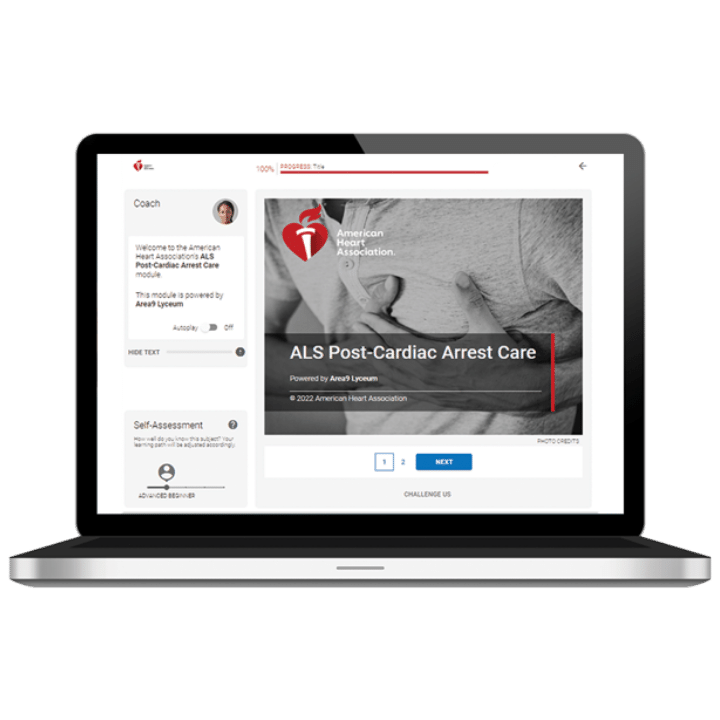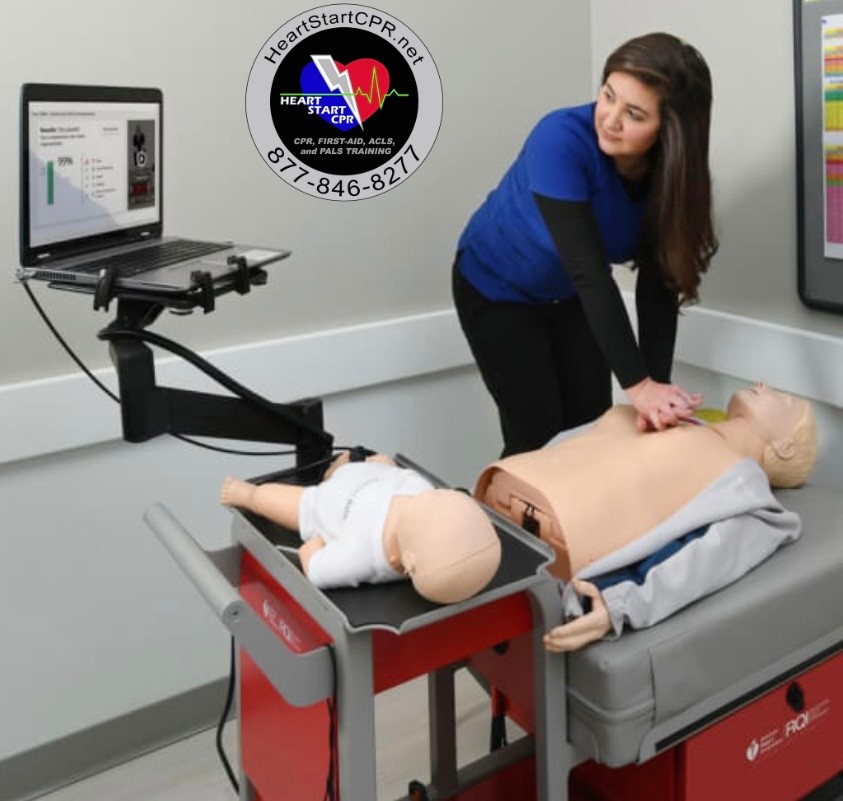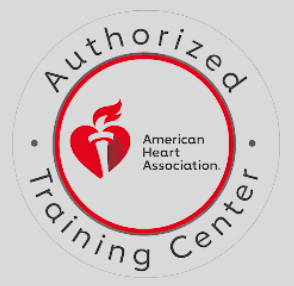
AHA ALS Post Cardiac Arrest Care Module
After ACLS Post Cardiac Arrest Care training, healthcare students can provide comprehensive care post-resuscitation, including ROSC verification, airway management, medication administration, temperature management, and neurological assessment.





Module Overview
After completing the course of ACLS Post Cardiac Arrest Care, a healthcare student will gain the knowledge and skills necessary to provide comprehensive care to a victim of cardiac arrest post-resuscitation. Healthcare providers will be able to verify the return of spontaneous circulation (ROSC), manage the airway, titrate oxygen levels, establish IV access for medication administration, maintain blood pressure, assess for myocardial infarction, and determine the patient's neurological status.
They will also be capable of initiating targeted temperature management for comatose patients, monitoring for seizures, obtaining necessary imaging, and ensuring appropriate metabolic parameters. For awake patients, they will focus on maintaining physiological stability.
Learning Objectives
- Understand the importance of post-cardiac arrest care in improving patient outcomes.
- Describe the key components of the AHA ACLS guidelines for post-cardiac arrest care.
- Demonstrate proficiency in performing critical post-resuscitation interventions.
- Recognize the significance of targeted temperature management (TTM) and neuroprotection.
Module Content:
Introduction to Post-Cardiac Arrest Care:
- Define the goals of post-cardiac arrest care.
- Explain the importance of early and coordinated care.
Initial Assessment and Stabilization:
- Conduct a systematic assessment of the patient, including airway, breathing, and circulation.
- Identify reversible causes of cardiac arrest and address them promptly.
- Optimize oxygenation and ventilation while monitoring oxygen saturation and end-tidal CO2.
- Administer appropriate vasopressors and inotropic agents as needed to maintain hemodynamic stability.
- Obtain a 12-lead ECG to identify any ST-segment changes and consider emergent coronary angiography if indicated.
Targeted Temperature Management (TTM):
- Explain the concept of TTM and its benefits in post-cardiac arrest care.
- Discuss the importance of selecting and maintaining the target temperature (usually 32-36°C or 89.6-96.8°F).
- Implement cooling protocols, including the use of cooling blankets or devices.
- Monitor core body temperature and adjust cooling measures as necessary.
- Gradually rewarm the patient after the desired cooling period.
Hemodynamic and Oxygenation Optimization:
- Monitor and manage blood pressure, cardiac output, and perfusion to maintain organ function.
- Administer appropriate fluids, blood products, and vasoactive medications.
- Ensure adequate oxygen delivery and consider arterial blood gas analysis.
- Evaluate and treat arrhythmias as needed.
Neurological Assessment and Monitoring:
- Continuously assess neurological status using validated tools (e.g., Glasgow Coma Scale).
- Consider the use of cerebral oximetry and continuous EEG monitoring for advanced neurologic assessment.
- Initiate or continue seizure prophylaxis and treatment.
- Manage elevated intracranial pressure (ICP) as necessary.
Post-Resuscitation Care and Prognostication:
- Communicate with the patient's family, providing information and emotional support.
- Discuss the patient's prognosis and potential outcomes.
- Perform neuro prognostication based on AHA guidelines, including the use of clinical, EEG, and neuroimaging findings.
- Consider therapeutic hypothermia for comatose survivors.
Transfer and Long-Term Care Planning:
- Plan for the transfer of the patient to an appropriate care facility.
- Ensure seamless continuity of care between healthcare providers.
- Address and manage potential complications of post-cardiac arrest care, such as multi-organ dysfunction.
- Establish a long-term care plan focused on neurological rehabilitation and recovery.
Conclusion and Summary:
- Recap the key components of AHA ACLS post-cardiac arrest care.
- Emphasize the importance of a multidisciplinary team approach.
- Highlight the potential for positive patient outcomes with effective post-resuscitation care.
Intended Audiences
This module is dedicated to personnel in various healthcare settings, including:
- ED Physicians
- CC Physicians
- NPs/APNs
- Hospitalists
- PAs
- ED/CC Nurses
- Paramedics
Interested in Onsite ACLS Training?
Contact us or click the link below if you’re interested in onsite training. Heart Start CPR offers on-site training for corporations, small businesses, schools, and healthcare facilities. On-site courses are offered using the American Heart Association or American Safety and Health Institution curriculum.
**Note: We also offer online courses for ACLS Online Training
RELATED COURSES
Join our online AHA PALS Plus courses. These courses are intended to train physicians, nurses, doctors, and other medical professionals.




